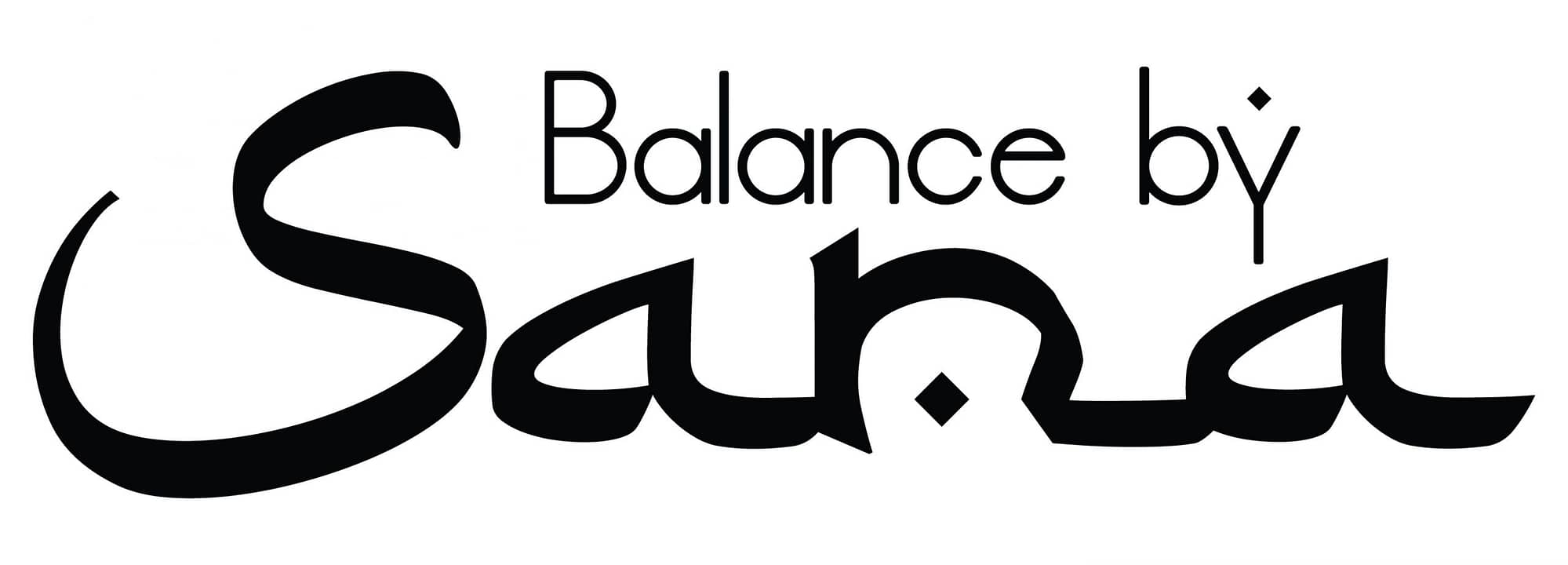Being born in Iraq, is another reason why i am most familiar with dates. it was one essential daily food in our diet. Although am not a Bedouin but, Nomads relied on dry dates as staples for all year around. Again I can give up, well, I did give up all refined sugar and cut dramatically on all natural sugars, even dates, but not completely however, trust me it was for all the right reasons.
The story started many thousands of years ago. The archaeological evidence of date cultivation in Iraq (eastern Arabia) goes back up 6000 years. Hence the earliest recorded mention of Dates can be found in Mesopotamian tablets dating to about 1700 BC. Dates have been a staple food of the Middle East and the Indus Valley for thousands of years. 
Apart from gaining their bad reputation for being wrinkly and unappetising, as well as, very high in sugar, dates have a huge variety in types and sugar content. Palm counts for more than 3,000 varieties all around the world, 370 of them in Iraq only and over 450 type in Saudi Arabia and GCC countries. Nonetheless, there appears to be significant and unexplained differences in glycemic index between some of these date varieties for some reason. Some of the Dates variety to count a few, are classified as low glycemic index food items.
Eating dates and using them as a sugar substitute may help those with type II diabetes not to significantly raise blood sugar levels according to a study published in the Nutrition Journal. Scientists analyzed five common varieties of dates (Fara’d, Lulu, Bo ma’an, Dabbas, Barhi, and Khalas) for their glycemic index and their effects on the blood sugar of healthy subjects and subjects with type 2 diabetes with a Gi as low as 35.5 for Khalas, 49.7 for Barhi and 30.5 for Bo Ma’an. That doesn’t allow a diabetic person to have more than a few dates a day and not in one time. Less for diabetics obviously. You should always check with your doctor before eating dates if you have diabetes.
A double Date
Dates are a source of instant energy (because of sugar) and are also rich in potassium, a mineral particularly valuable for athletes to balance their body fluids. While bananas beat dates in vitamins C and A, dates have about twice as much potassium, three times as much iron, twice as much protein, and six times as much calcium as bananas.
Dates are also known in the Arab culture as an aphrodisiac and to strengthen uterine walls and aid labor for pregnant women. It is fed to new mothers to improve lactation and to boost immunity.
Lower Triglycerides
Though the fiber in dates has the ability to lower cholesterol levels, dates made better results at lowering triglyceride levels, the bad type of cholesterol. A study published in the “Journal of Agricultural and Food Chemistry,” shows that consuming dates may lower triglycerides by 8 to 15 percent. Reducing your triglyceride levels will lower the risk of arteries hardening, heart attack and stroke, according to the National Institutes of Health.
Vitamin and Mineral
The primary vitamins in dates are the B vitamin family, mostly, vitamin B-6. The B vitamins help with food metabolism and new blood cell formation. It contains, other vitamins like K, C, E, and A and they are an excellent source or minerals with complete profile ranking highest in potassium then copper, manganese, magnesium, calcium, sodium,phosphorous, iron and zinc. Dates also contains thiamine and folate.
Loaded with Fibre
According to the USDA National Nutrient Database, just one pitted date contains 1.6 g of fibre, or 6 percent of the recommended daily intake. Fibre helps to lower cholesterol and fight obesity, heart disease and colorectal cancer. The November 2008 issue of “Critical Reviews in Food Science and Nutrition” reports that the fibre in dates is primarily insoluble fibre, which binds to fat and cholesterol and carries it out of the body.
Dates textures
 Soft: they are the fresh in season dates, and milder in flavor and has lower sugar content.
Soft: they are the fresh in season dates, and milder in flavor and has lower sugar content.
Hard: some of the date varieties are hard and fibrous even when fresh. They last for years. More sweetness intense.
Semi-dry: They are soft in texture, more chewy, and have a medium level of sweetness.
Date pits: it is the pits inside the dates. They are roasted and grounded in Sahara, to make a hot beverage drink known as a “date coffee”. In the city’s we use to use them as a fire fuel, in winter to under floor heat home Turkish bathes for their clean long lasting embers.
Date ripeness stages
These are the arabic names used to classify the stage of dates ripeness from fresh to dry:
Khelal: it’s is the second green stage of dates after Kimri. They are not edible when picked straight from the tree, but can be crunchy and succulent almost like green apple but sweeter, when it fell out from the tree by it self.
Bisr: the yellow or pink colour stage, it is sweet an crunchy. The taste close to the Kaki fruit but much nicer and crunchier. This stage lasts between 3-5weeks.
Rutab: it’s is the softest stage when the dates starts to ripe. When the colour start darkening. This is the time when you really enjoy the true taste of fresh dates. Is is very moist, soft, aromatic and full of flavor. You can never have enough. This stage last for 2-4weeks.
Tamr: when the moisture start drying out. They become very dense in taste and sweeter. Dates when ripe can easily last for a year in room temperature but preferably fridge rated.
Sources
https://en.m.wikipedia.org/wiki/Dried_fruit
http://www.kacst.edu.sa/en/about/publications/Books/Date%20Palm%20Tissue%20Culture%20and%20Genetical%20Identification%20of%20Cultivars%20Grown%20in%20Saudi%20Arabia.pdf
http://www.ncbi.nlm.nih.gov/pmc/articles/PMC3112406/
https://en.m.wikipedia.org/wiki/Date_palm
http://www.fao.org/docrep/t0681e/t0681e03.htm
http://nutritiondata.self.com/facts/fruits-and-fruit-juices/7348/2
http://globalgourmet.com/food/special/dates/cooking-dates.html#axzz48336noZt
Cooking with Dates: Varieties, Buying, Measuringhttp://globalgourmet.com/food/special/dates/cooking-dates.html#ixzz483E4BoeD

